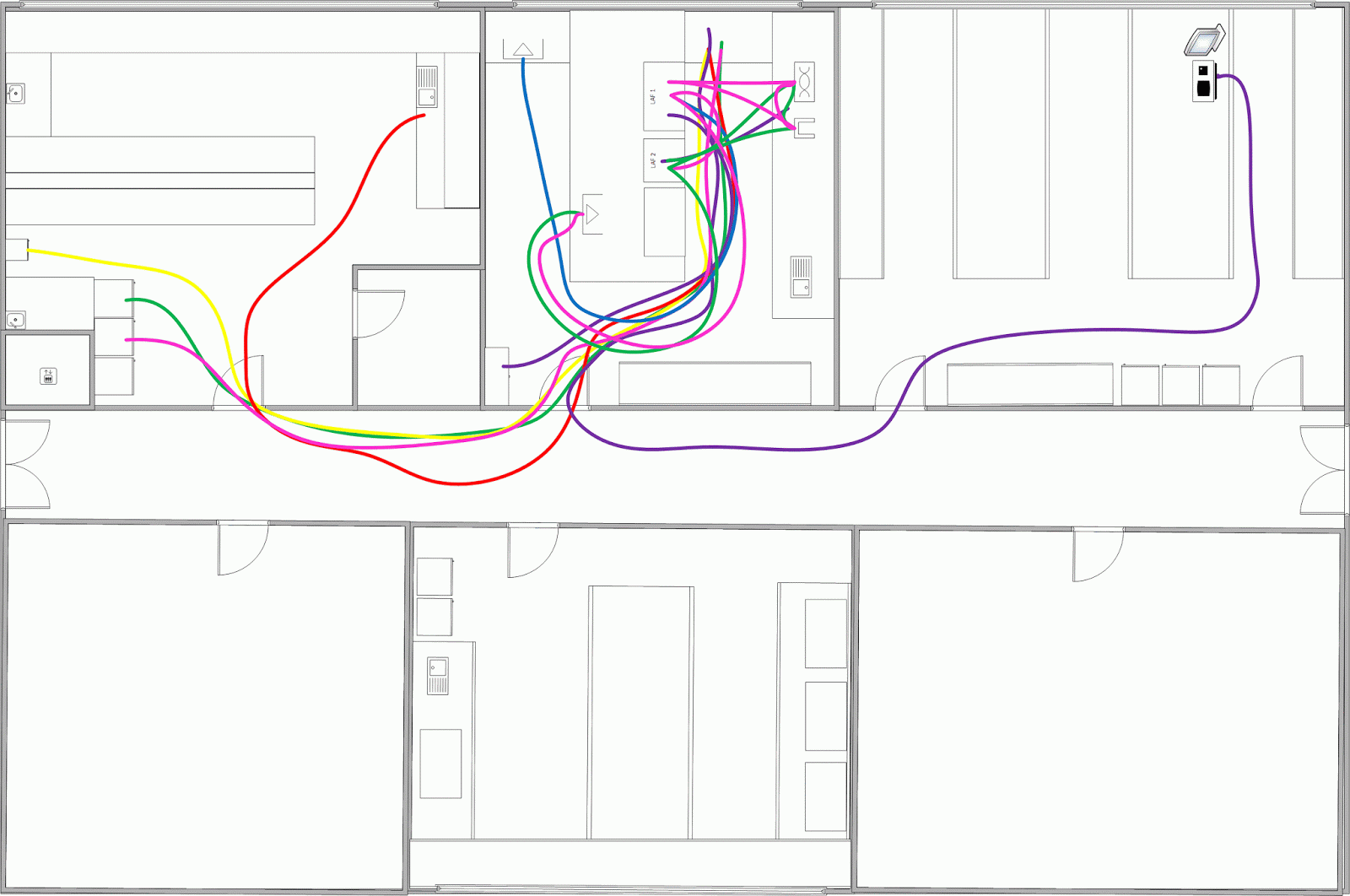"Who took my stapler?
Wheres the multi-channel pipettor gone?
Can't find the autoclave tape?
Wheres the auto-rep charger?
Why are we hoarding empty pipette tip boxes?
That machine has been used since 2011!
Where has the balance disappeared to this time?
Where is my mind????"
Sound familiar??? This is a typical case for a 5S intervention! A clean, well organised, visual workspace is essential for structure and efficiency in any working environment. 5S is the first step towards creating a leaner, highly efficient and productive laboratory.
Sorting (Seiri)
Seiri literally infers clear the work area and remove unnecessary items. Seiri means dump, discard, donate - clear the area of unnecessary items or items that are not used regularly. Get rid excess pipettes, tip containers, unused/excess inventory and out of date documents. Iif items are no longer needed, or are not being used regularly they should be cleared and not take up valuable lab space. If it doesn't belong to the lab then get rid of it. The Kanban system is a useful tool for this step of 5S. Use Kanban cards for uncertain items - red tagging is a visual management tool to designate the status of an item and help identify unnecessary items. Items are tagged for discarding, recycling, removal or relocation. Establish a red tag holding area for these items and create a clearance inspection schedule to sort held items on a regular basis. Kanban cards are useful for restocking and maintaining inventory. Sorting creates a more spacious ,purposeful workspace that saves time, energy and improves laboratory morale!
Set in order (Seiton)
After sorting its time to organise the remaining items. Arrange and identify equipment, instruments etc. with visual aids. Give every item a designated area - use tape or paint as demarcators to outline areas and label the item and its designated area. Only the specified objects or instruments should be placed in their respective designated area. Colour coding is an excellent visual management aid that facilitate Seiton. In addition to the order and placement of items, specific storage areas for consumables should also be established. Optimize storage facilities and create more signage. Outline spaces on the floor, identify pathways, storage areas, waste location etc. and ensure there are no obstacles. Shadow boards are excellent for arranging tools and equipment. Set in order helps to arrange items so they can be found easily by anyone and returned to the rightful place by anyone. This is essential in shared work environments. It eliminates waste by duplication and time spent searching for items.
Materials, instruments and equipment set in place in QC labs
Materials, instruments and equipment set in place in QC labs
Shining (Seiso)
Most labs should be spotless, nevertheless it is important to make sure that all areas and all utilities are impeccably clean and kept that way! Shining will provide a more comfortable, pleasant workspace and instills a sense of pride. Shining enhances workplace safety and will also prevent equipment deterioration. Shining makes problems obvious and facilitates regular inspections for leaks, vibrations, breakages, and misalignments. Shining should be a daily routine and should also include inspection and routine maintenance.
Shining (Seiso)
Most labs should be spotless, nevertheless it is important to make sure that all areas and all utilities are impeccably clean and kept that way! Shining will provide a more comfortable, pleasant workspace and instills a sense of pride. Shining enhances workplace safety and will also prevent equipment deterioration. Shining makes problems obvious and facilitates regular inspections for leaks, vibrations, breakages, and misalignments. Shining should be a daily routine and should also include inspection and routine maintenance.
 |
| Let it shine!!! |
Standardizing (Seiketsu)
5S should be a daily routine with regular evaluation. Standardize entails a system of tasks and procedures to ensure continuous implementation of 5S. 5S consistency requires managing people, processes and equipment for effective implementation of 5S. Employees should be made aware of their responsibilities, facilitated by signage and visual awareness. Develop checklists and storage maps and assign tasks to individuals. Develop SOPs, this can improve training, helpful for new employees, saves time and improves efficiency. Allocate a specific time to conduct a 5S audit. Standardise taping, labelling, demarcation - make colour coordination and labelling consistent to minimize confusion.
Sustaining (Shitsuke)
Now that you have created a 5S workspace it is important to keep it that way! Create a 5S audit to ensure that areas are sorted, set in place and clean! Get everyone involved - motivation and commitment is essential for effective 5S implementation. Create a reward system to encourage people to maintain high standards of 5S - use 5S audit sheets as a scorecard for inter-lab competitions. Make 5S visible by displaying posters or newsletters and signage to create a constant reminder of 5S.






































